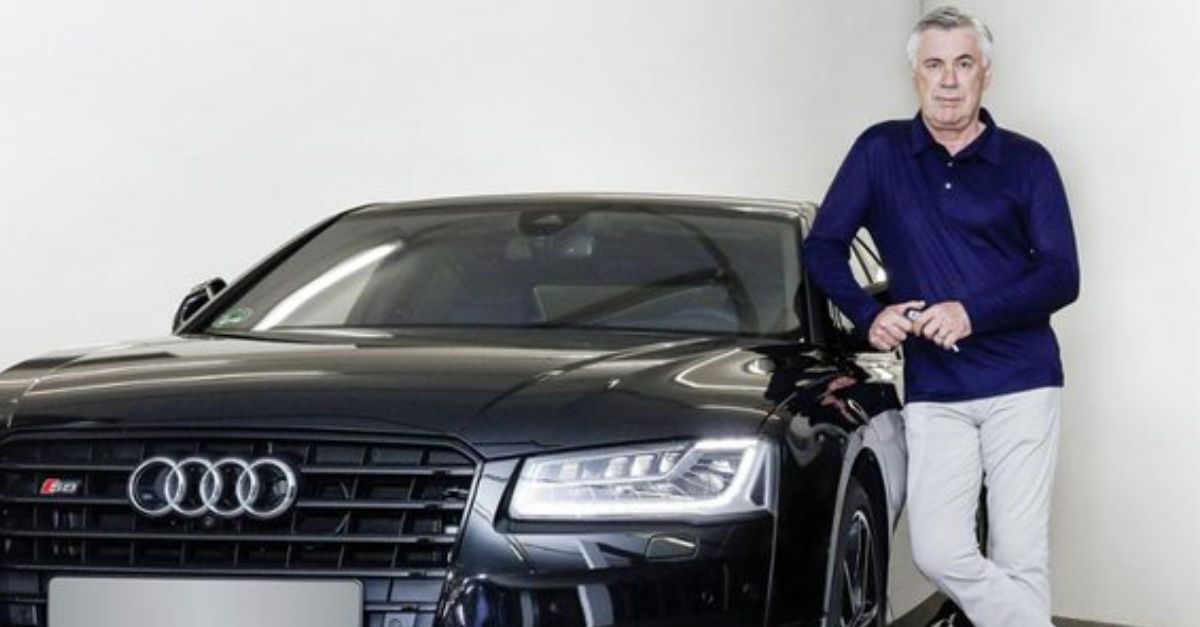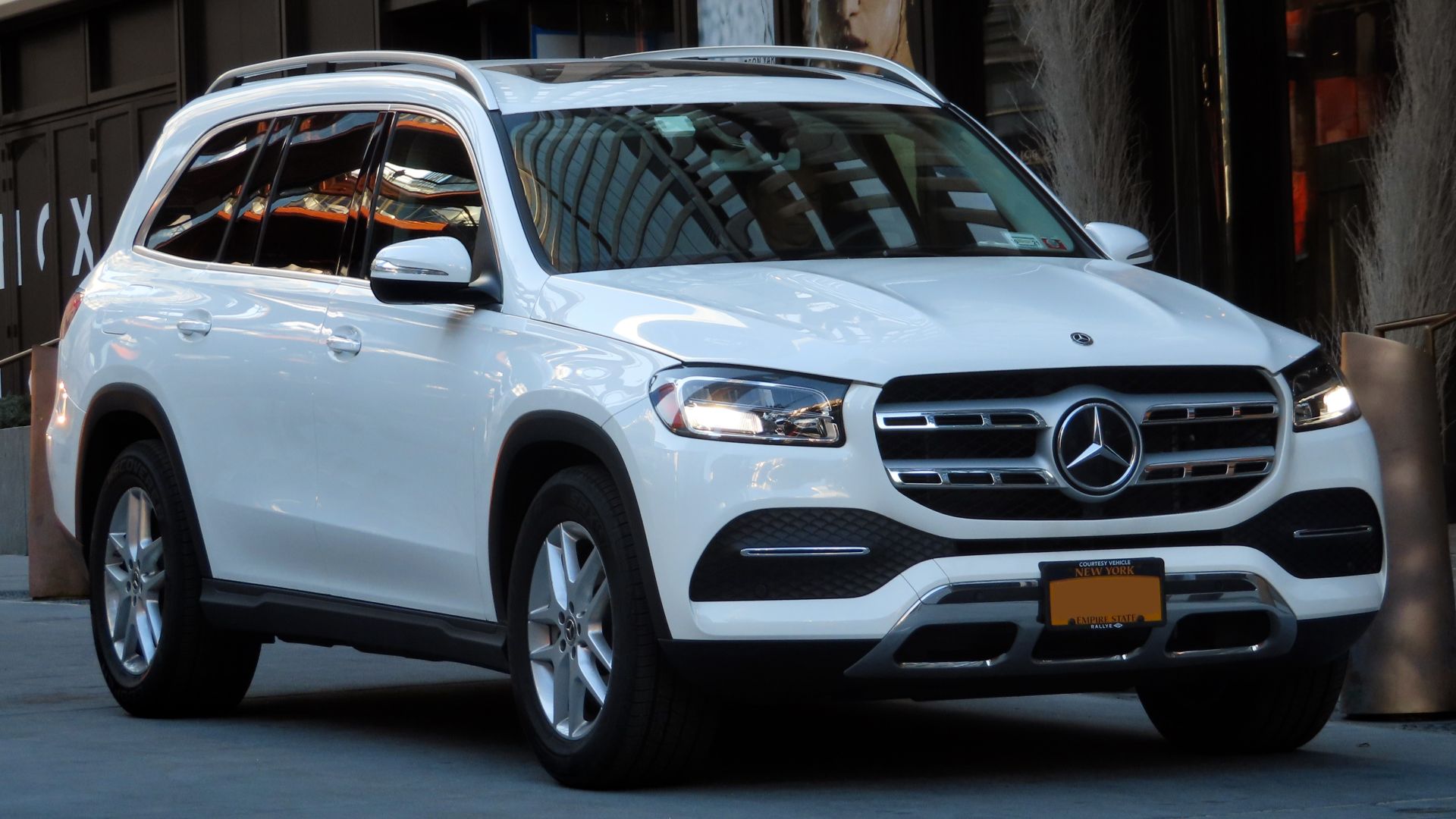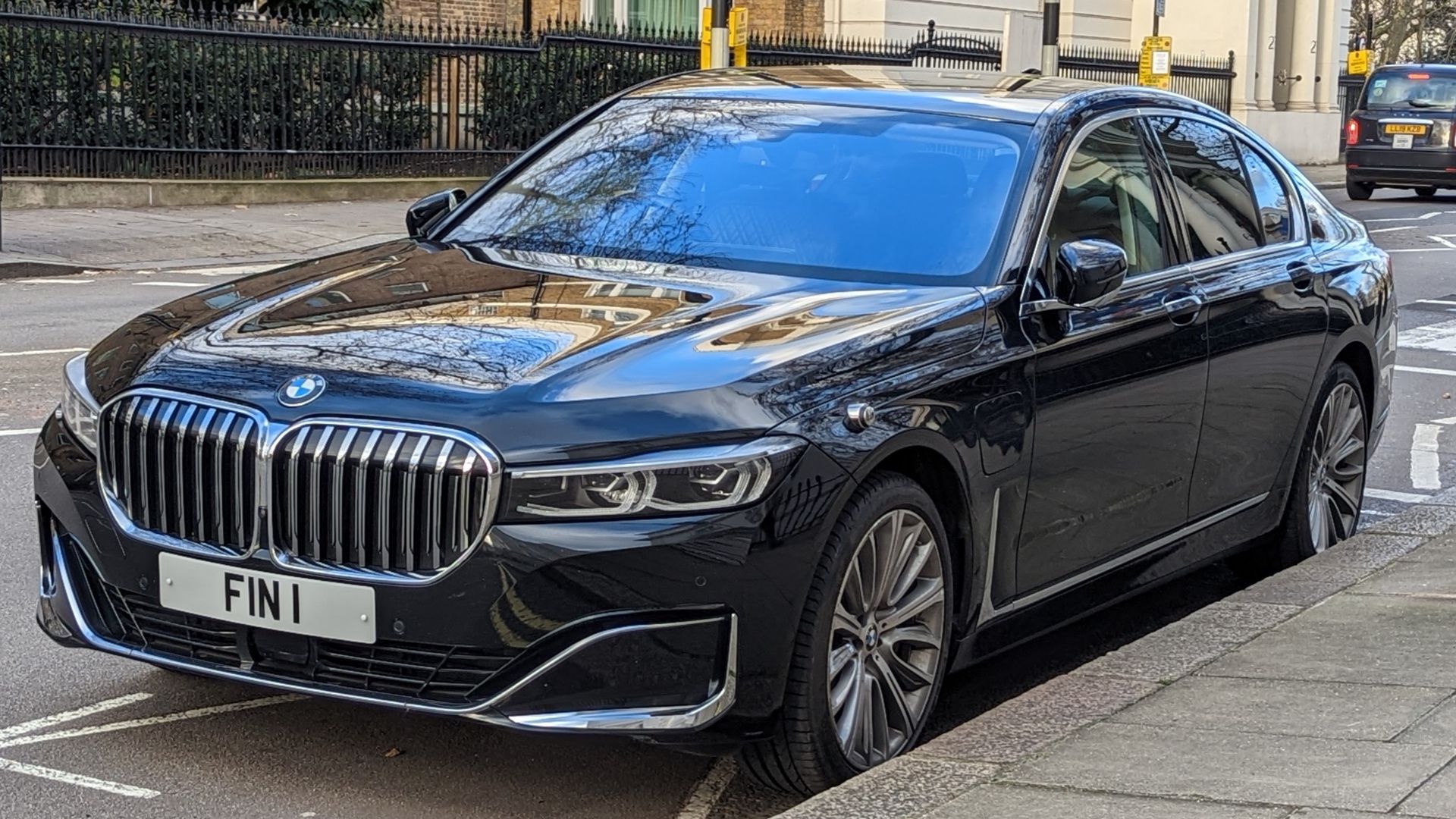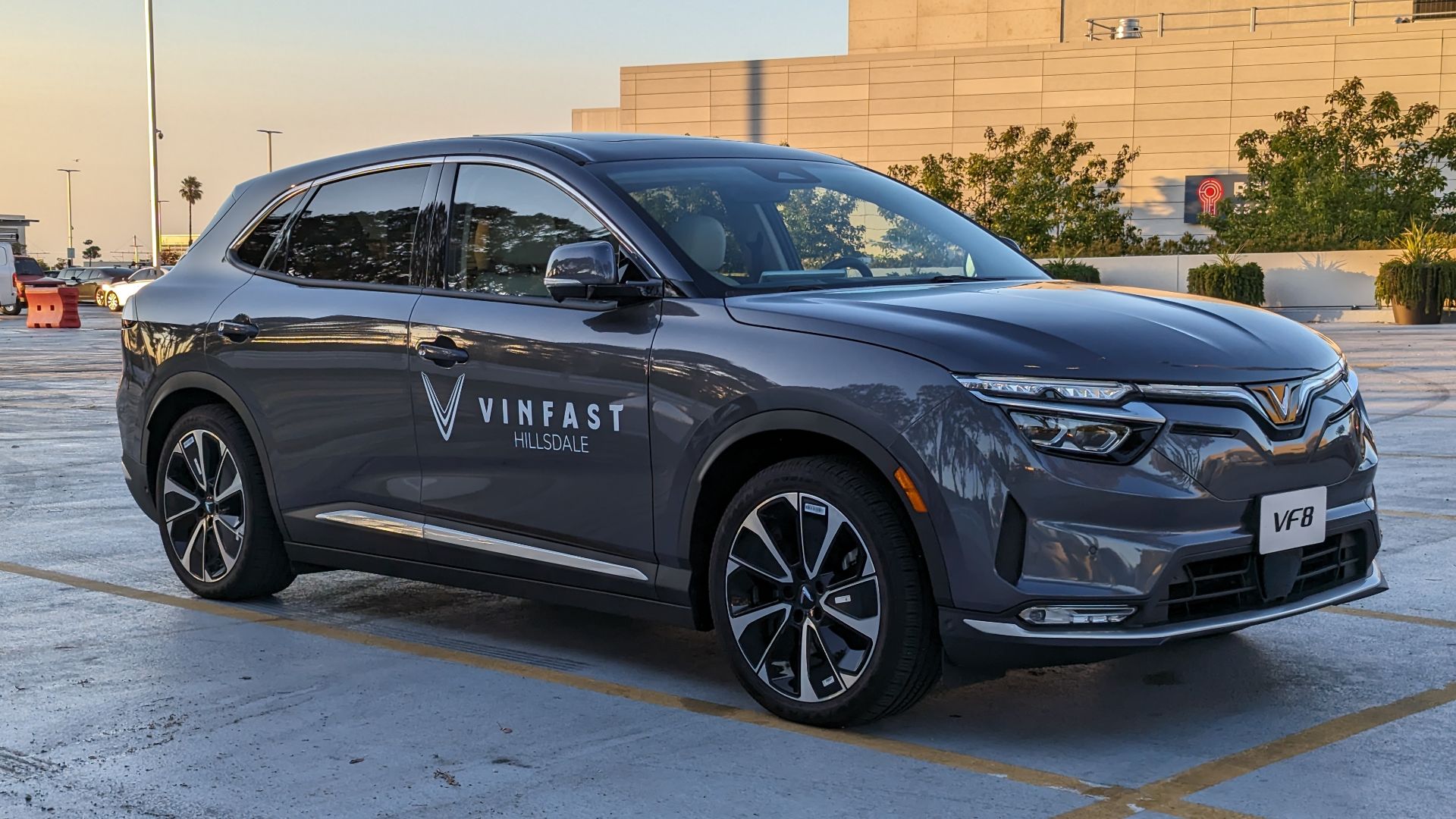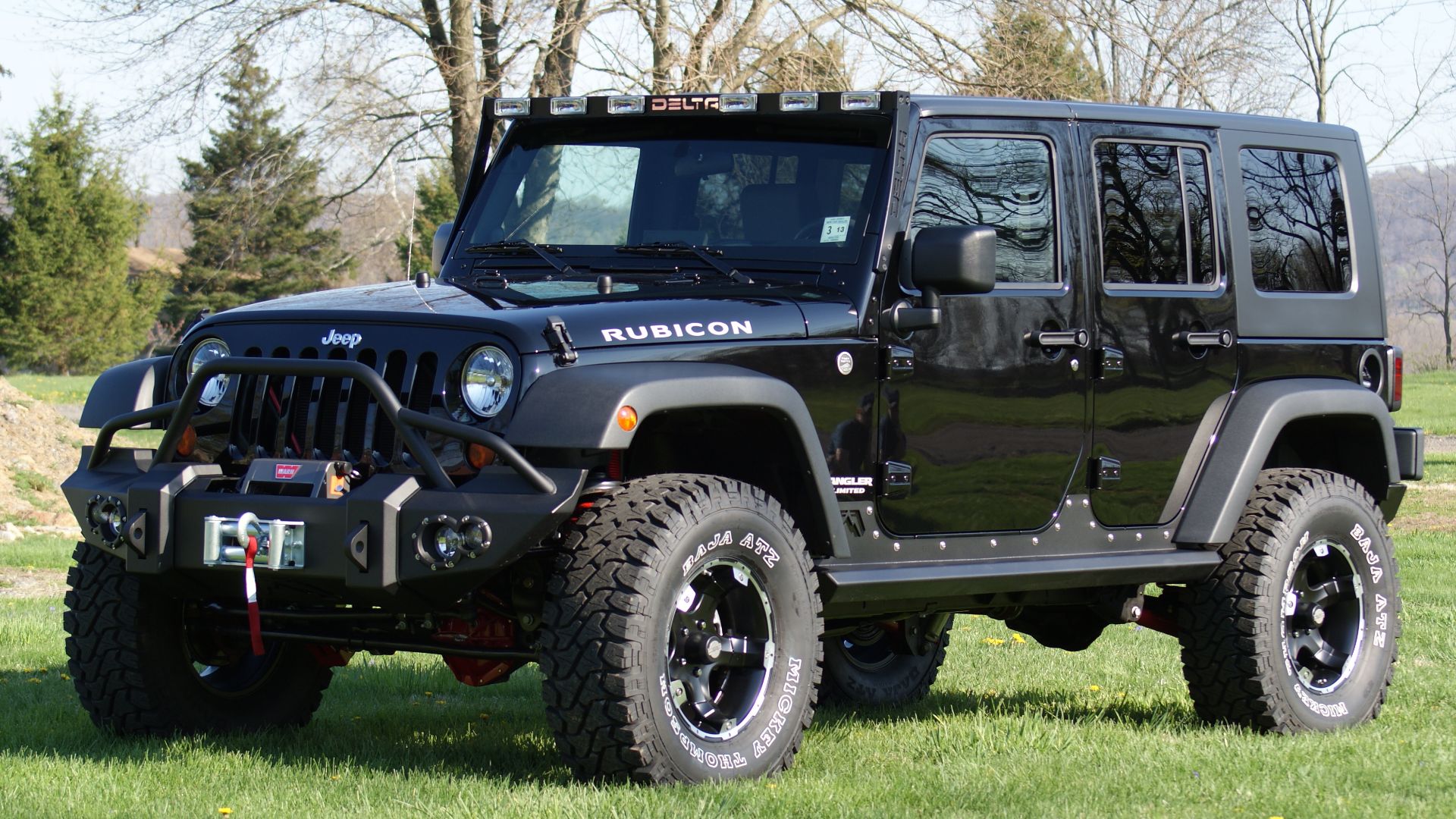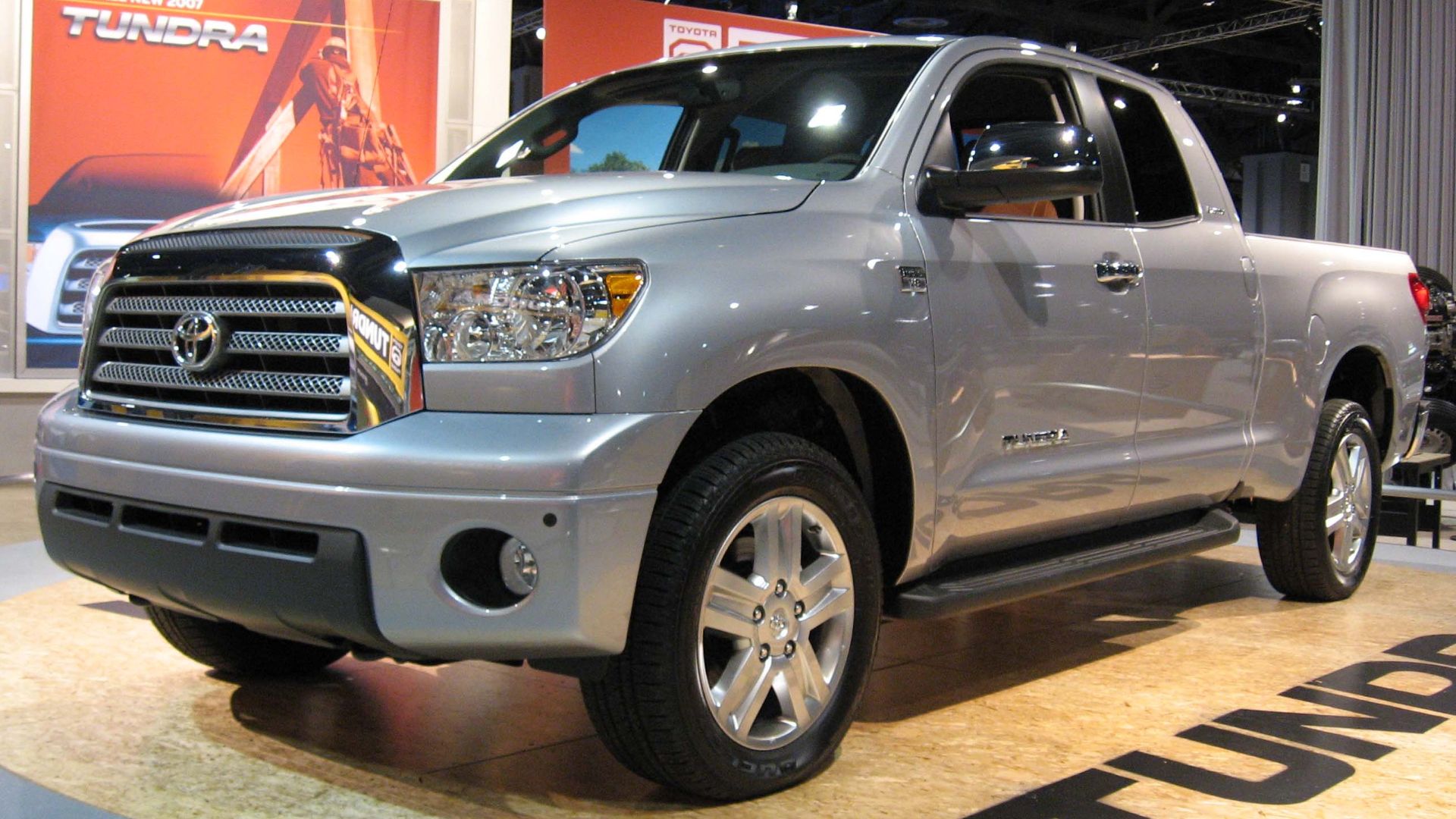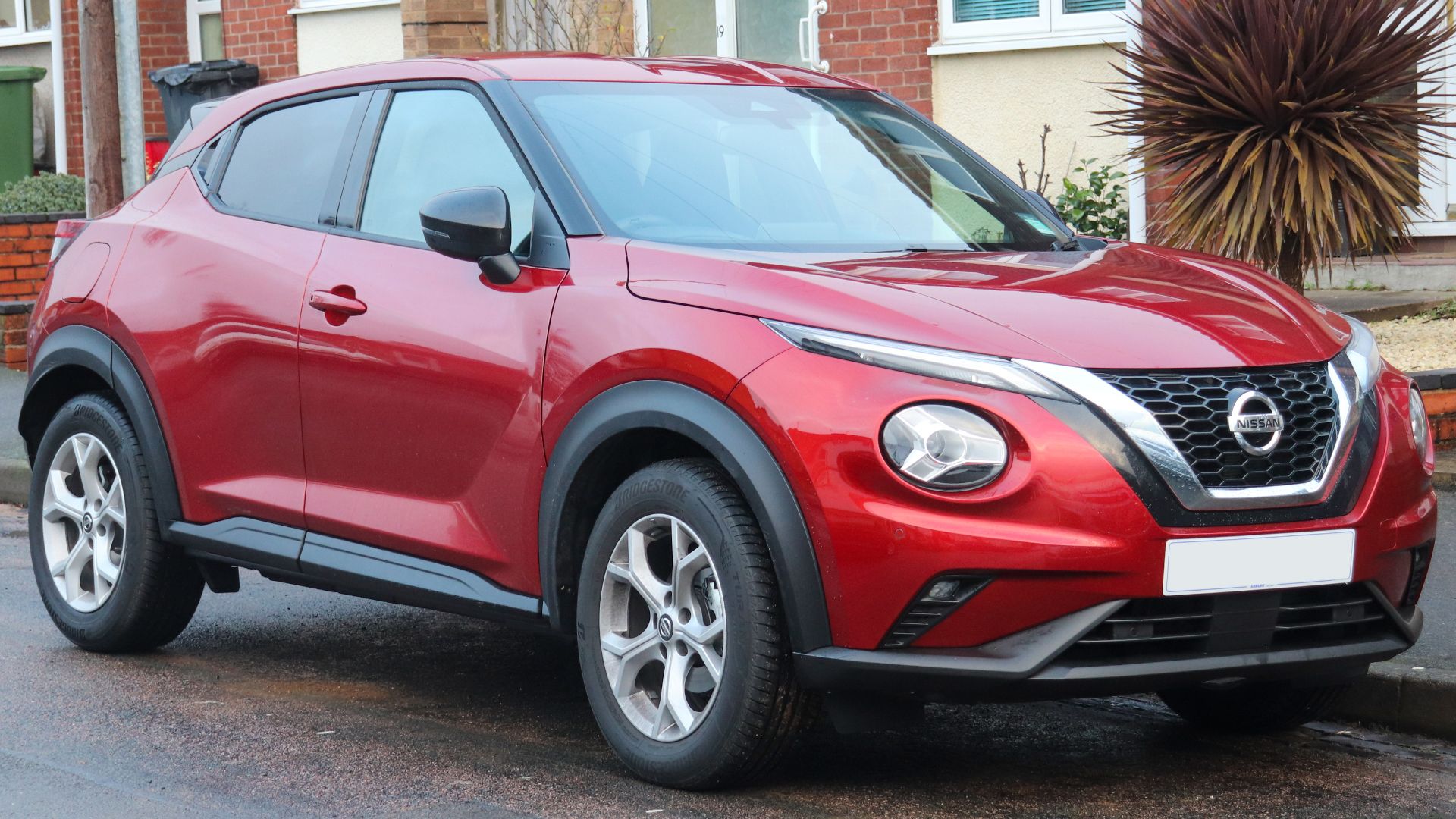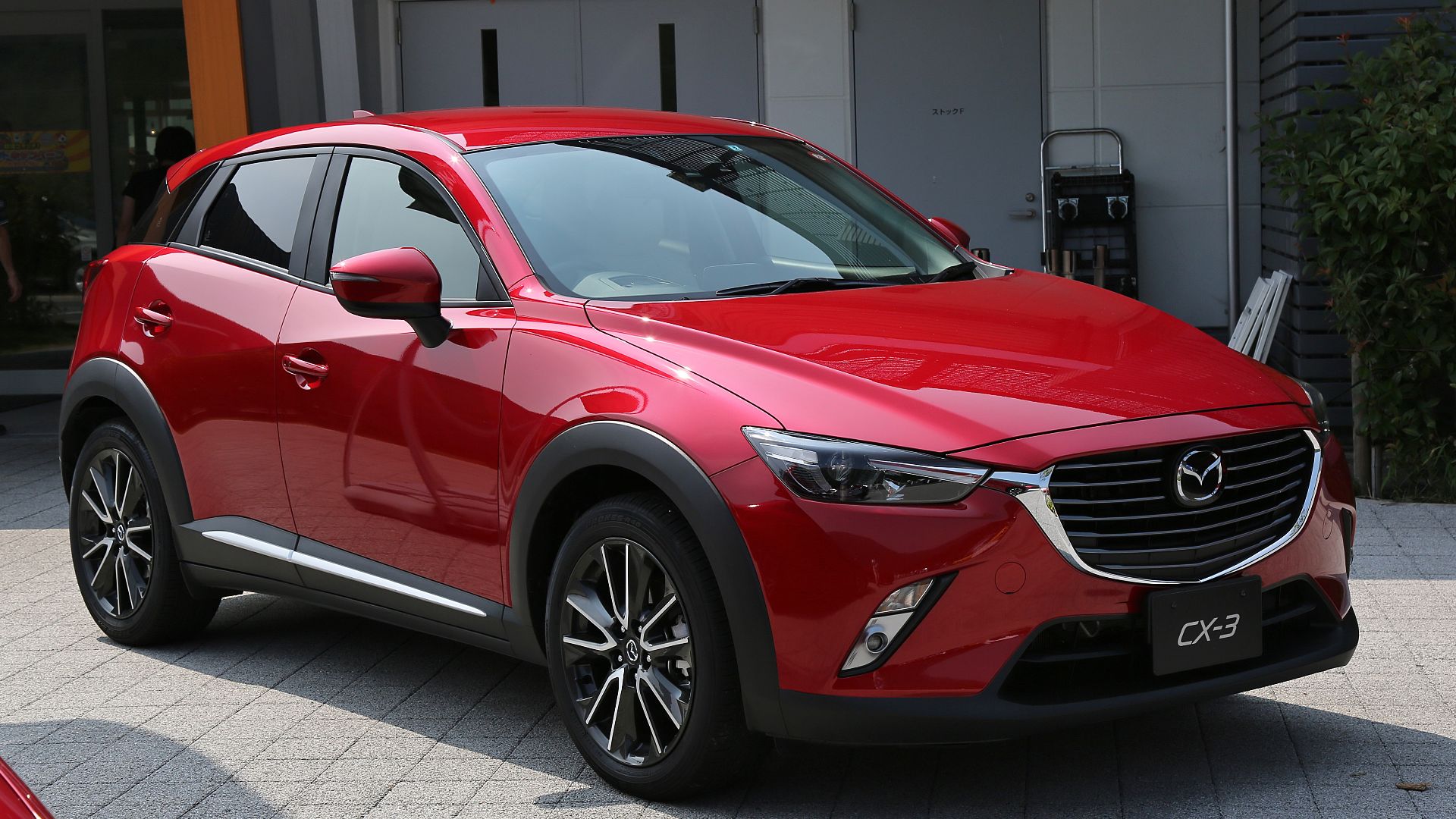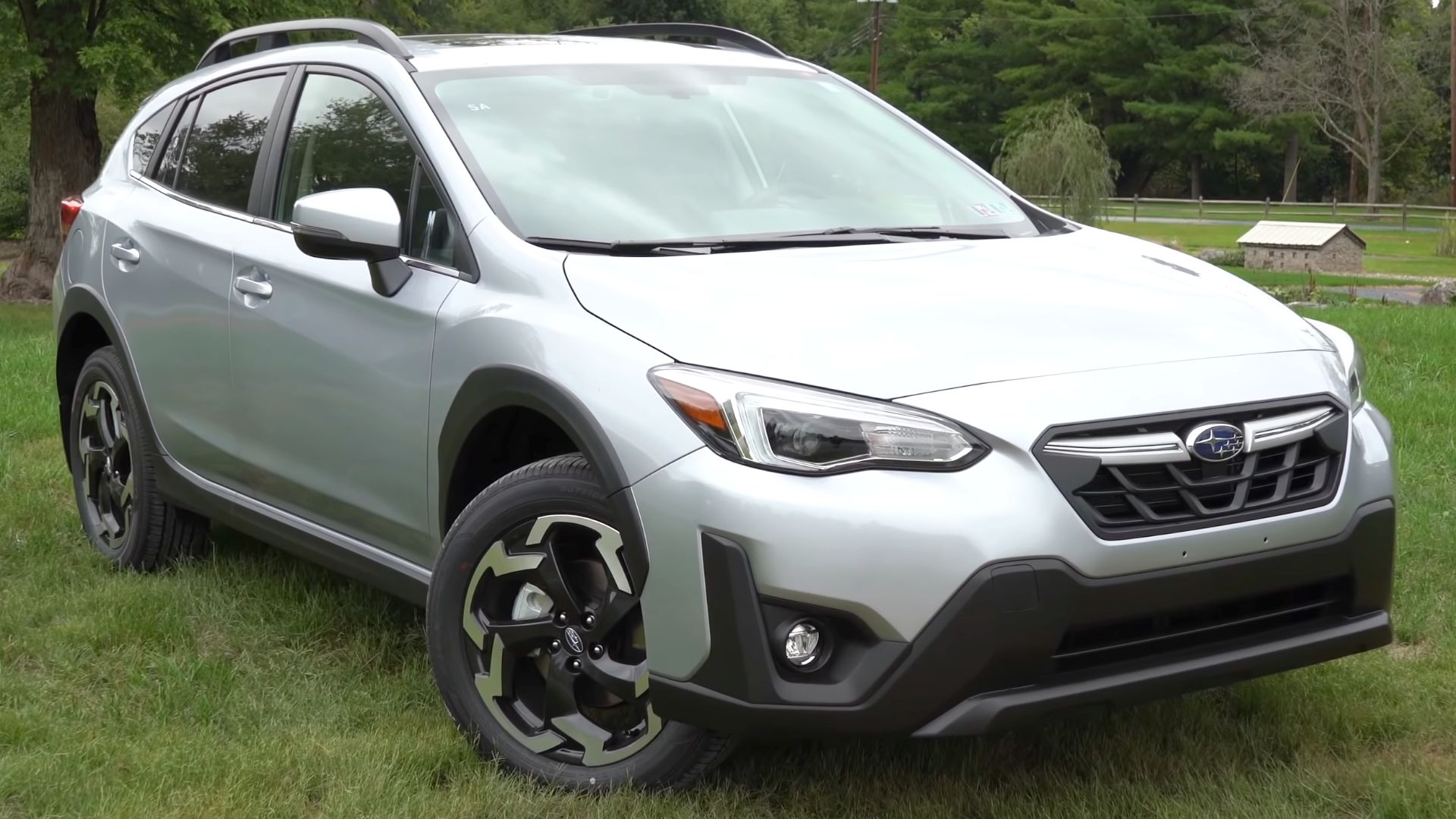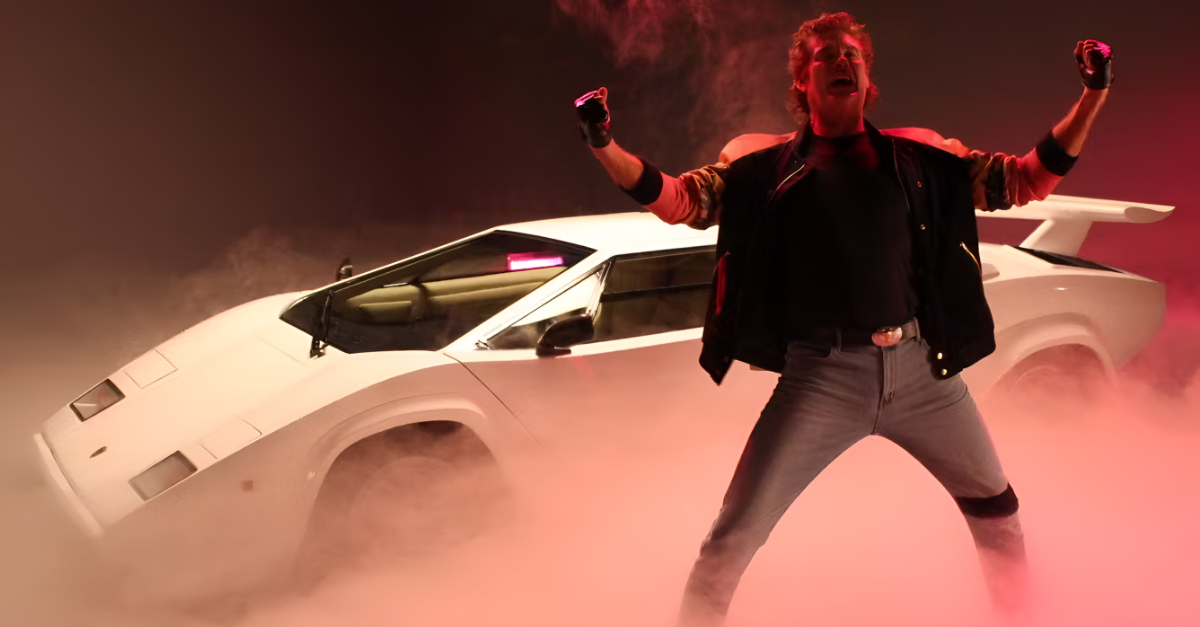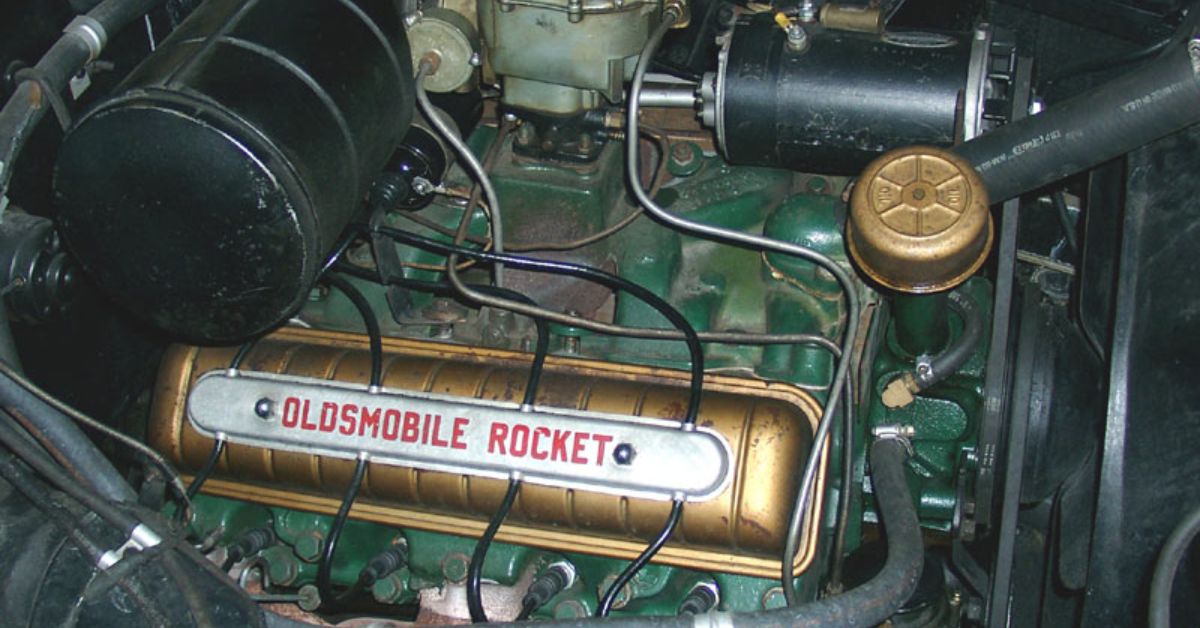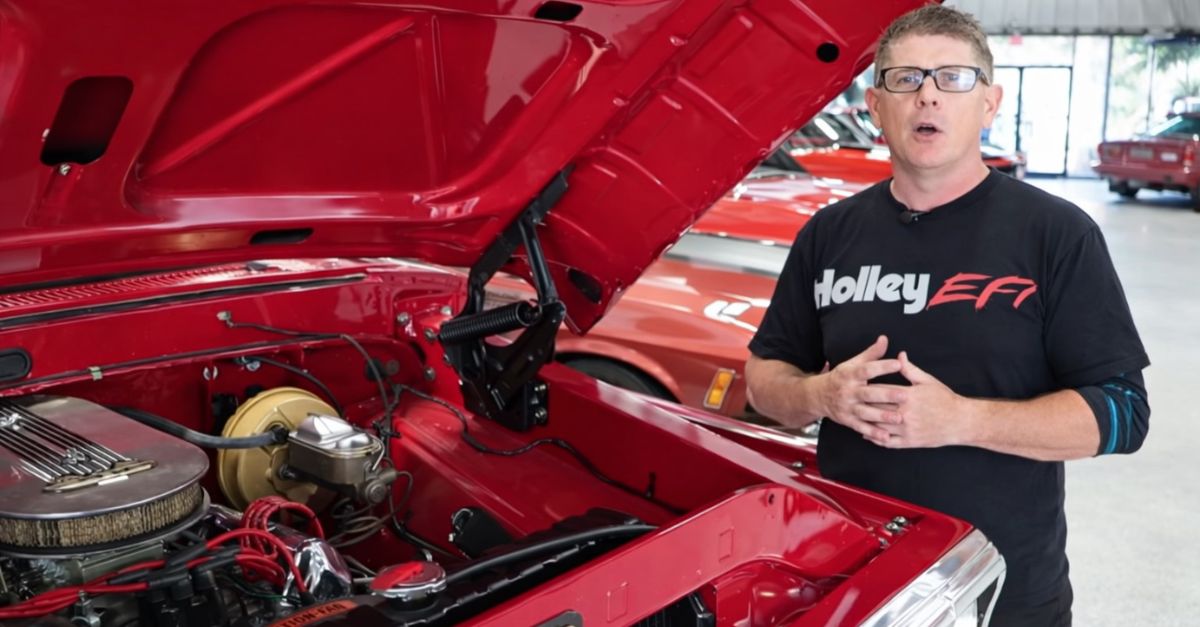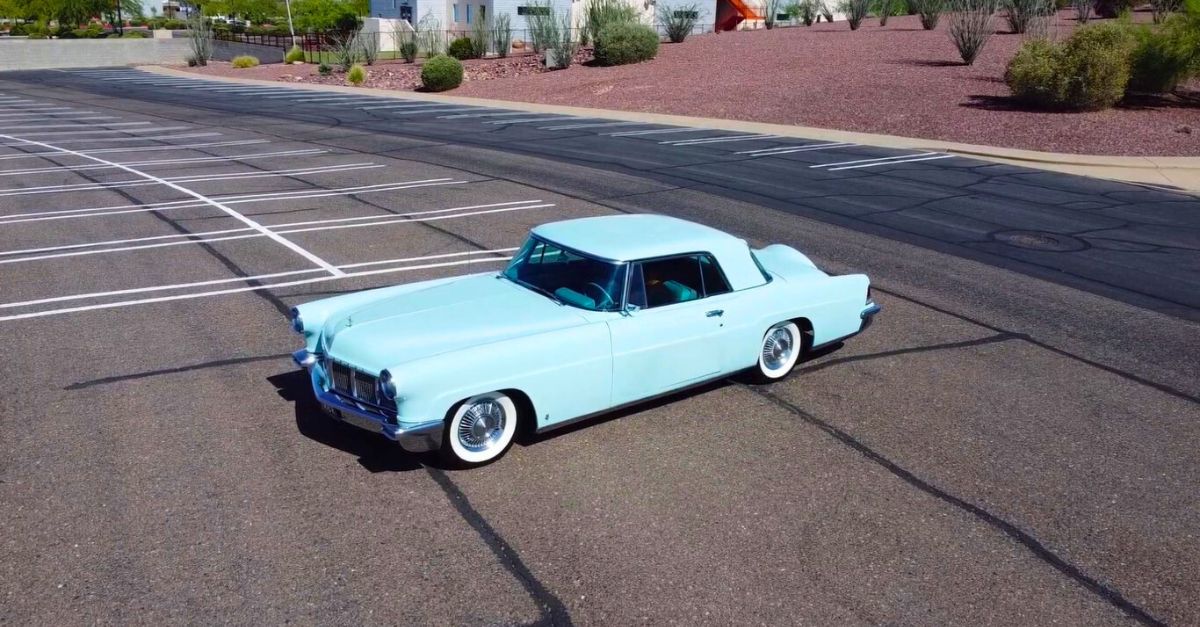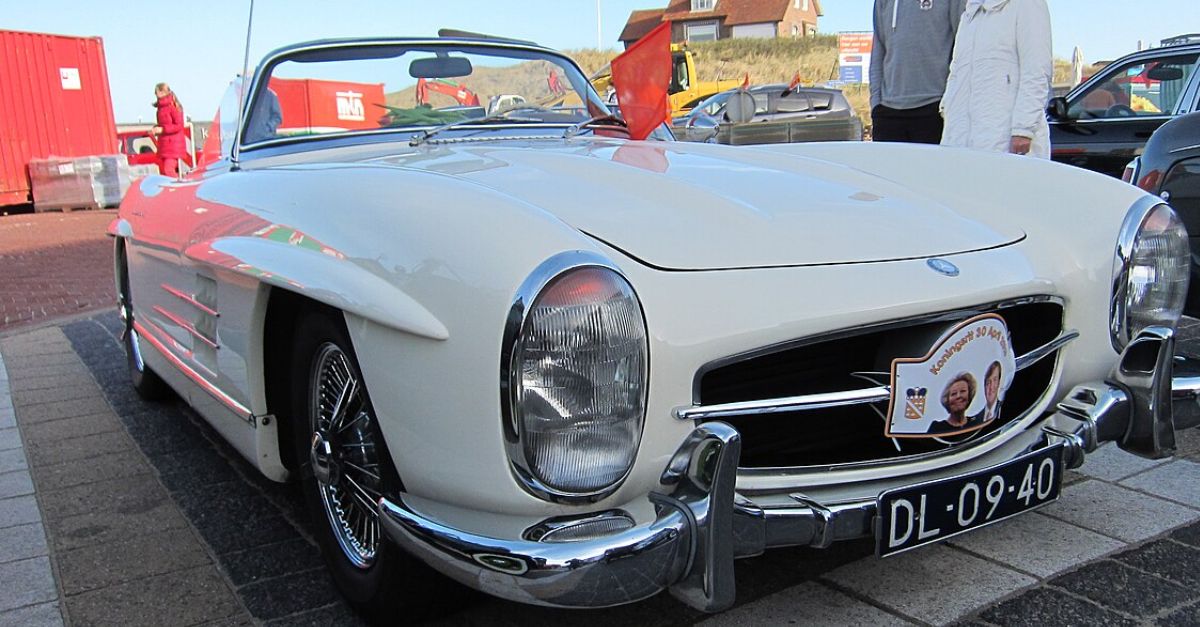Road Rash Reality Check
It starts smooth, maybe even impressive. But then a dip in the asphalt sends your seat rattling. That’s when you know that not all suspensions were made to help you. Let’s kick things off with the cars that got suspension right.
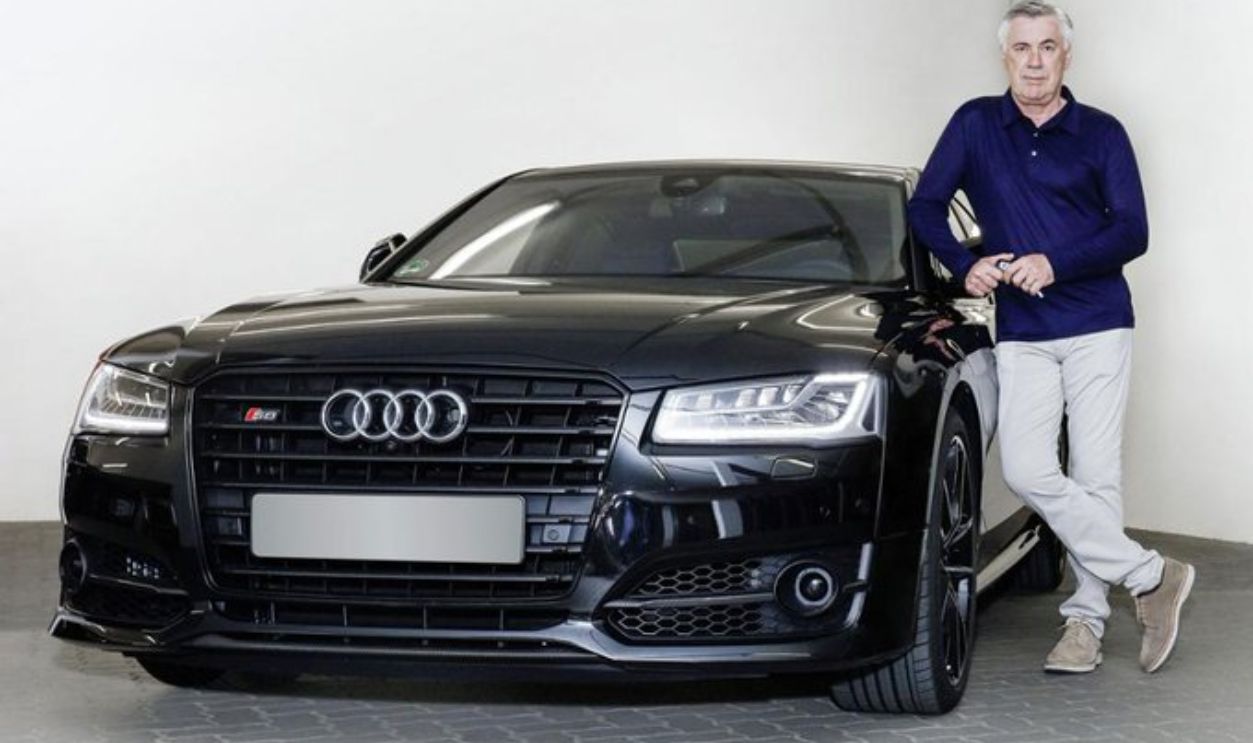
Mercedes-Benz GLS
Commanding the road with its E-Active Body Control, the GLS dances over potholes like it’s floating on air. Mercedes designed it to read the road ahead using cameras and pre-adjust each wheel’s tension. That’s futuristic stuff, right? Luxury buyers love how it levels out body roll, even during aggressive cornering.
BMW X7
Feel the difference the moment you grip the wheel—the BMW X7 doesn’t just drive; it performs. Thanks to a two-axle air suspension and dynamic damper control, this SUV adapts to whatever your tires touch. Slam into a corner too hot? It braces. Gliding through rain-slicked roads? It adjusts.
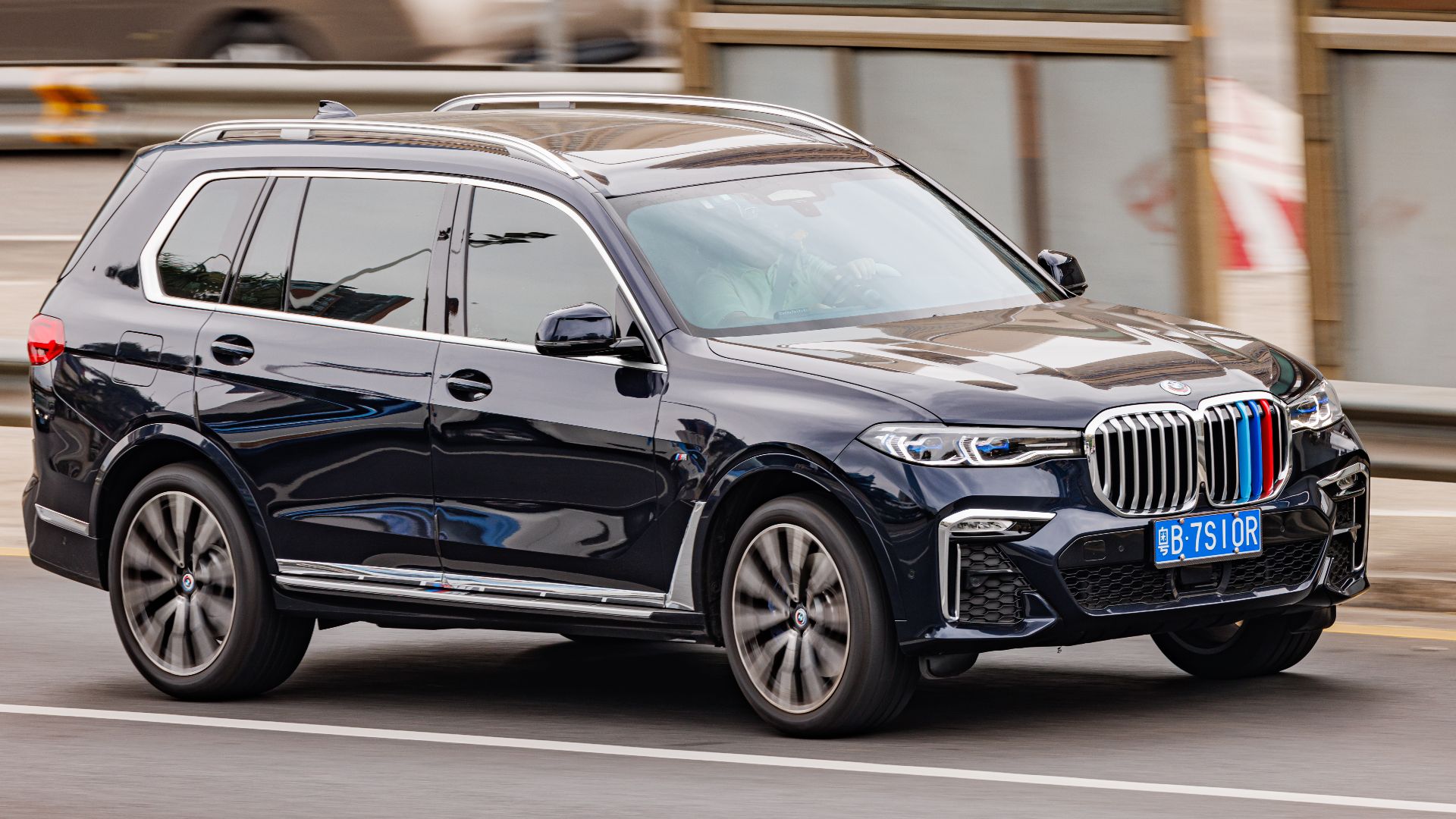 Dinkun Chen, Wikimedia Commons
Dinkun Chen, Wikimedia Commons
Audi A8
Step inside an Audi A8, and you're immediately treated to something most cars only dream of—Predictive Active Suspension. This system uses front-facing cameras to spot road imperfections and actively prepare the suspension for them. The result is a limousine-like glide that defies logic.
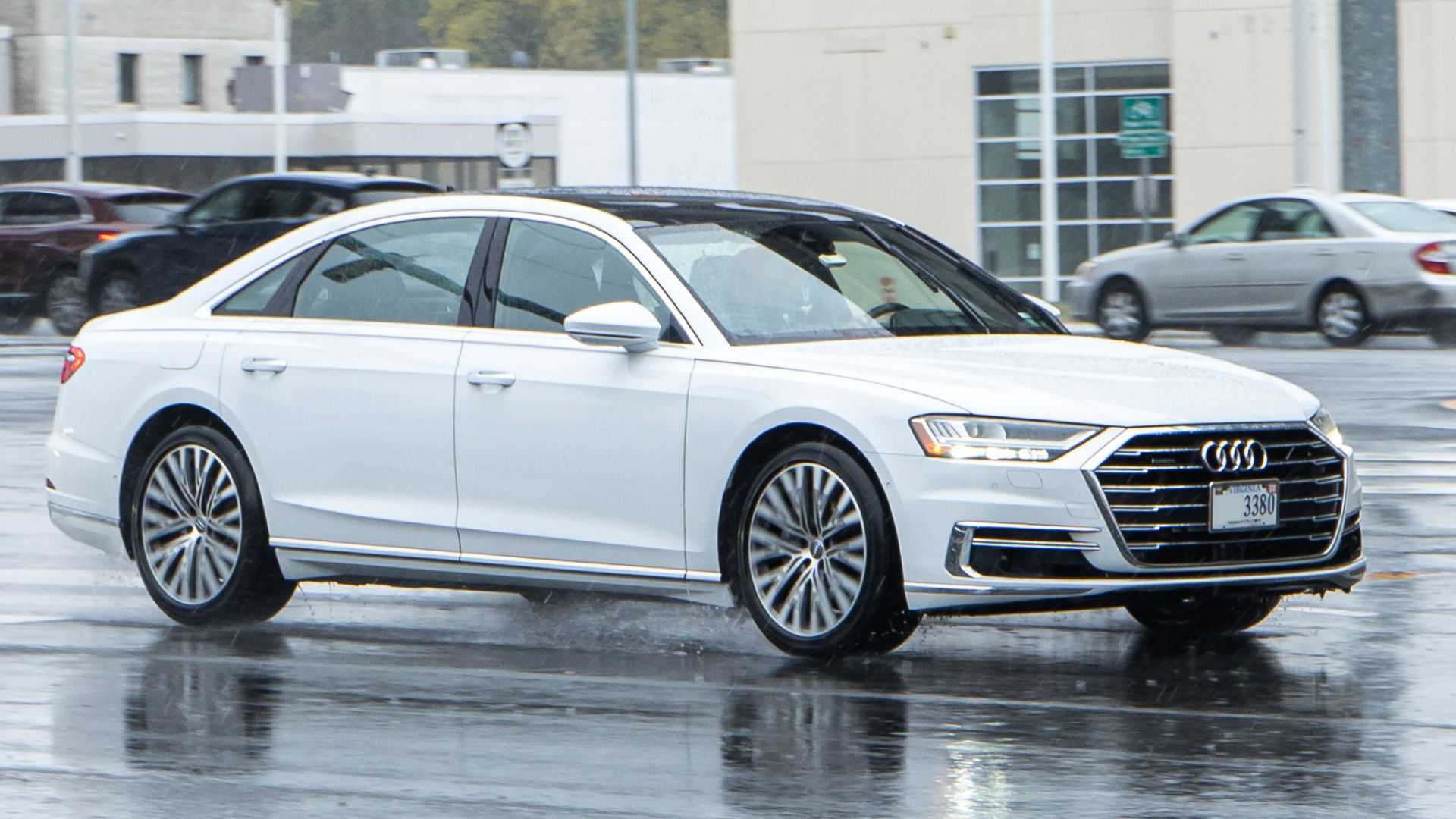 OWS Photography, Wikimedia Commons
OWS Photography, Wikimedia Commons
Rolls-Royce Phantom VIII
Drift over roads like you're coasting through clouds. Rolls-Royce built the Phantom VIII for royalty, quite literally. This ultra-luxury car's self-leveling suspension system makes gravel roads feel like velvet rugs. The chassis tech blends camera-assisted scanning with air springs and electronically controlled dampers.
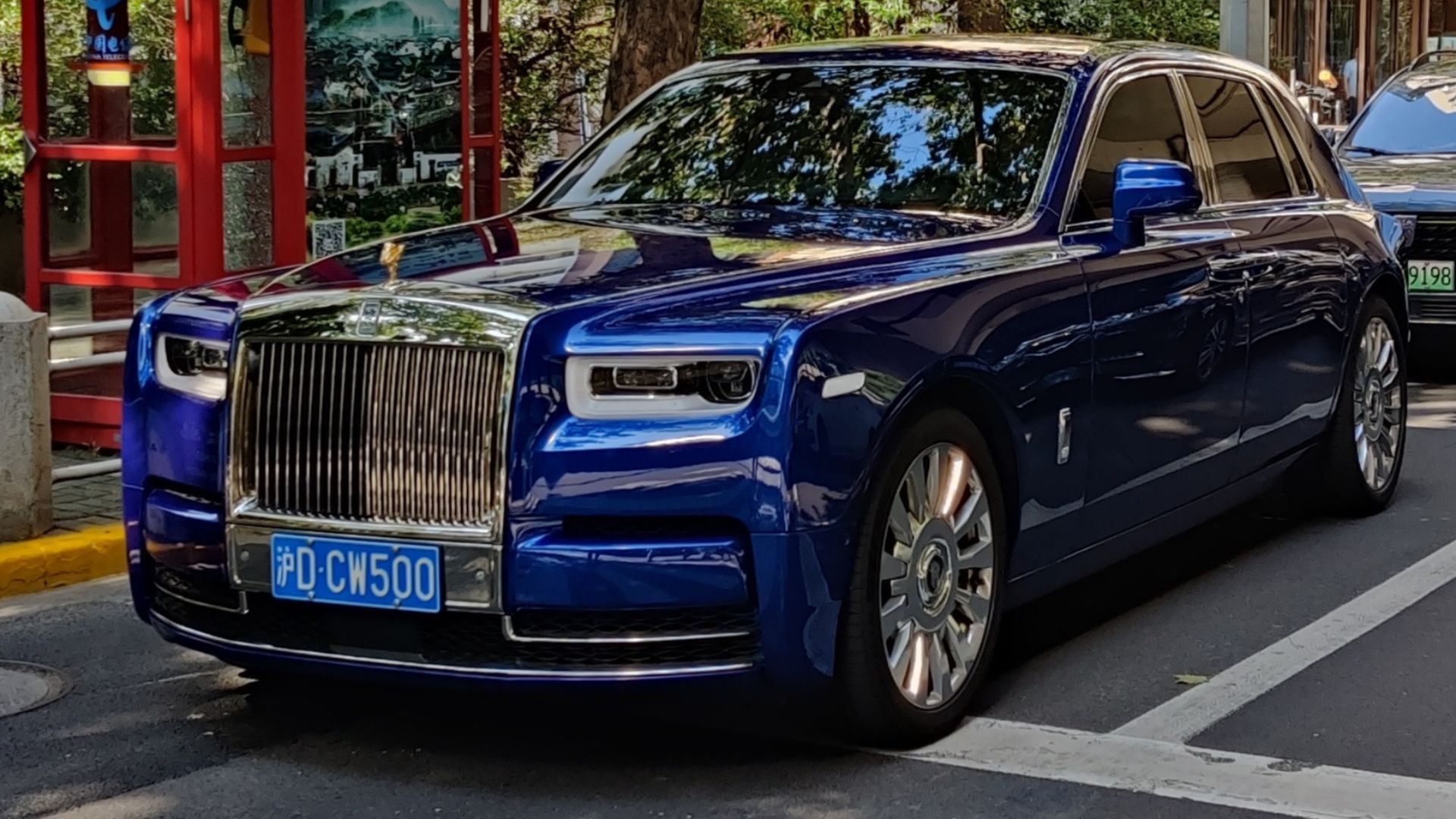 JustAnotherCarDesigner, Wikimedia Commons
JustAnotherCarDesigner, Wikimedia Commons
Porsche Panamera Turbo E-Hybrid
Push the throttle, and the Panamera Turbo E-Hybrid shows off its dual personality. One side: hypercar ferocity. The other: executive cruiser calm. Porsche’s Active Ride suspension brings this all together with three-chamber air springs and adaptive dampers. This setup doesn’t just react—it anticipates.
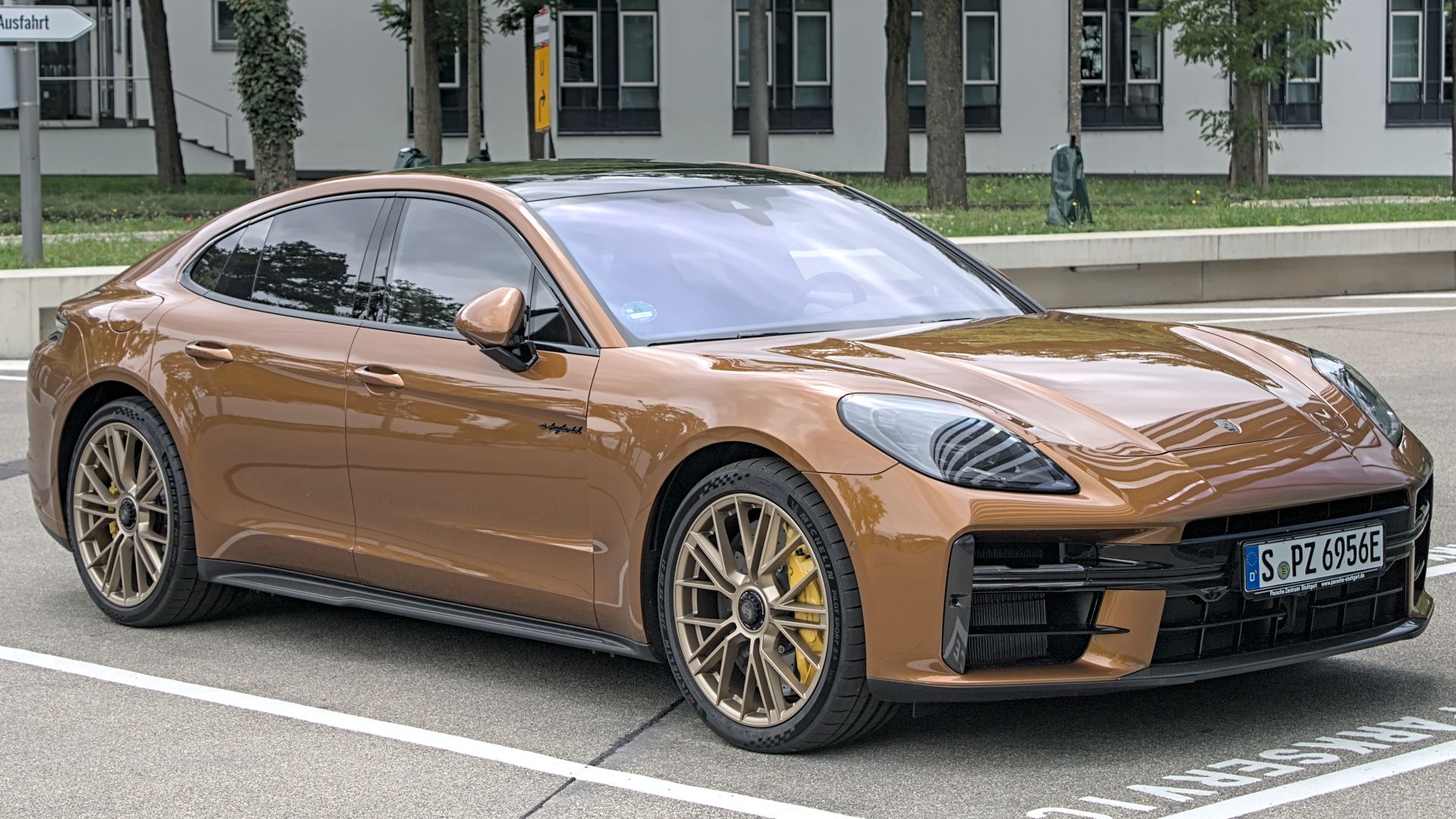 Alexander-93, Wikimedia Commons
Alexander-93, Wikimedia Commons
Cadillac Celestiq
Enter a world where American engineering meets world-class finesse. The Cadillac Celestiq, still fresh to the luxury EV scene, features Magnetic Ride Control 4.0 that adapts in milliseconds. The car’s dual-motor AWD system doesn’t hurt either, anchoring you while the suspension reads terrain 1,000 times a second.
Range Rover Sport SV
Throttle pinned. Dirt flying. You’re not worried. Why? Because this Range Rover’s got adaptive air suspension built to handle almost anything. The SV variant, particularly, adds electronic roll control that keeps things upright on sharp turns. Even on asphalt, it eats up road imperfections like popcorn at a movie night.
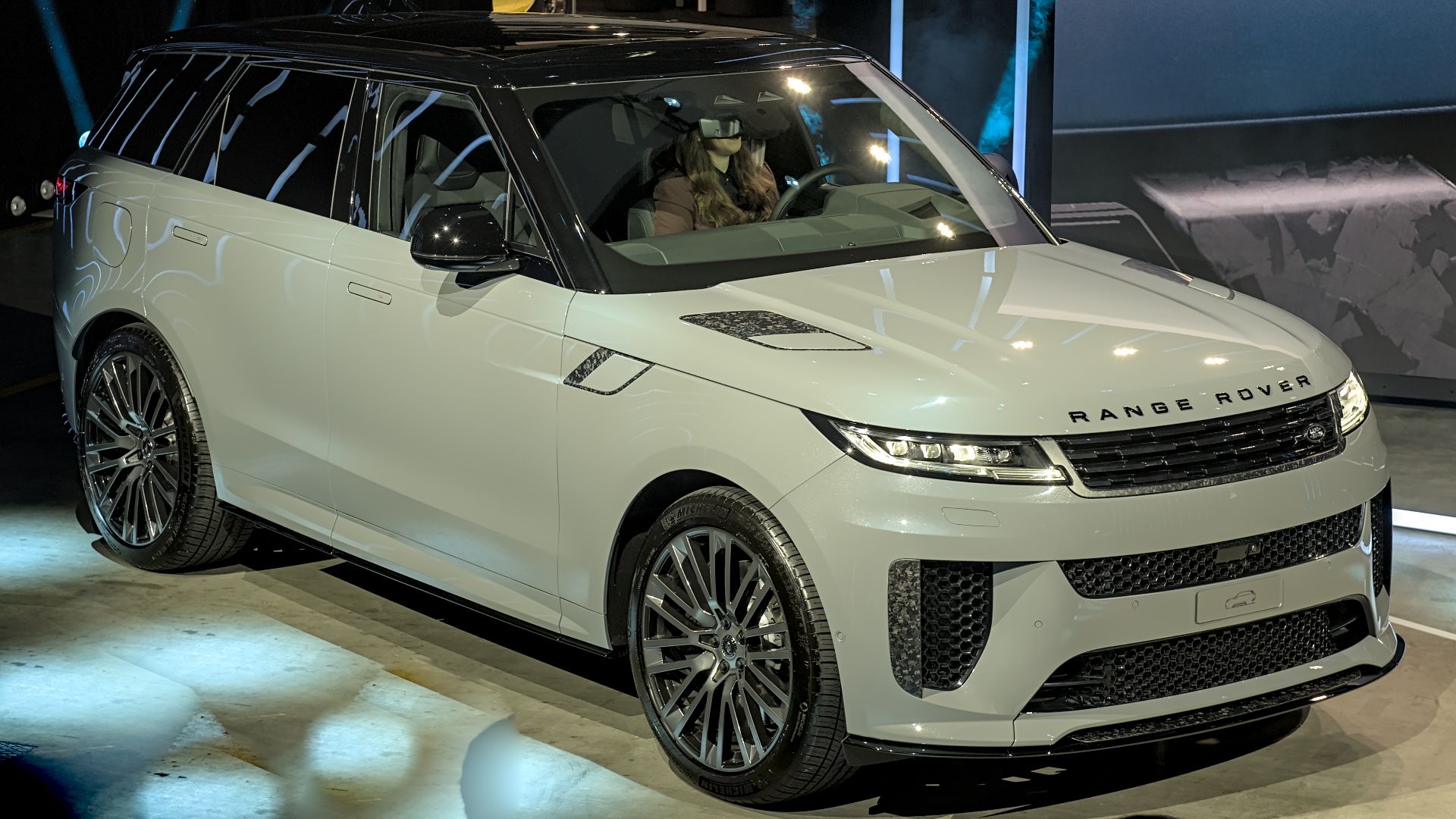 Alexander-93, Wikimedia Commons
Alexander-93, Wikimedia Commons
Audi S8
The S8’s Predictive Active Suspension lifts or lowers each wheel independently in anticipation of bumps and corners. At red lights, it even raises up a few inches to make entry regal. Handling is sharp without sacrificing ride comfort. Audi combines performance shock absorbers and active anti-roll bars for ultra-flat cornering.
Volvo XC90
Safety meets serenity. The Volvo XC90 doesn’t just care about crash tests; it cares about every inch of the road your family drives on. It's optional air suspension offers several driving modes, including one that lowers the car at high speeds for better aerodynamics.
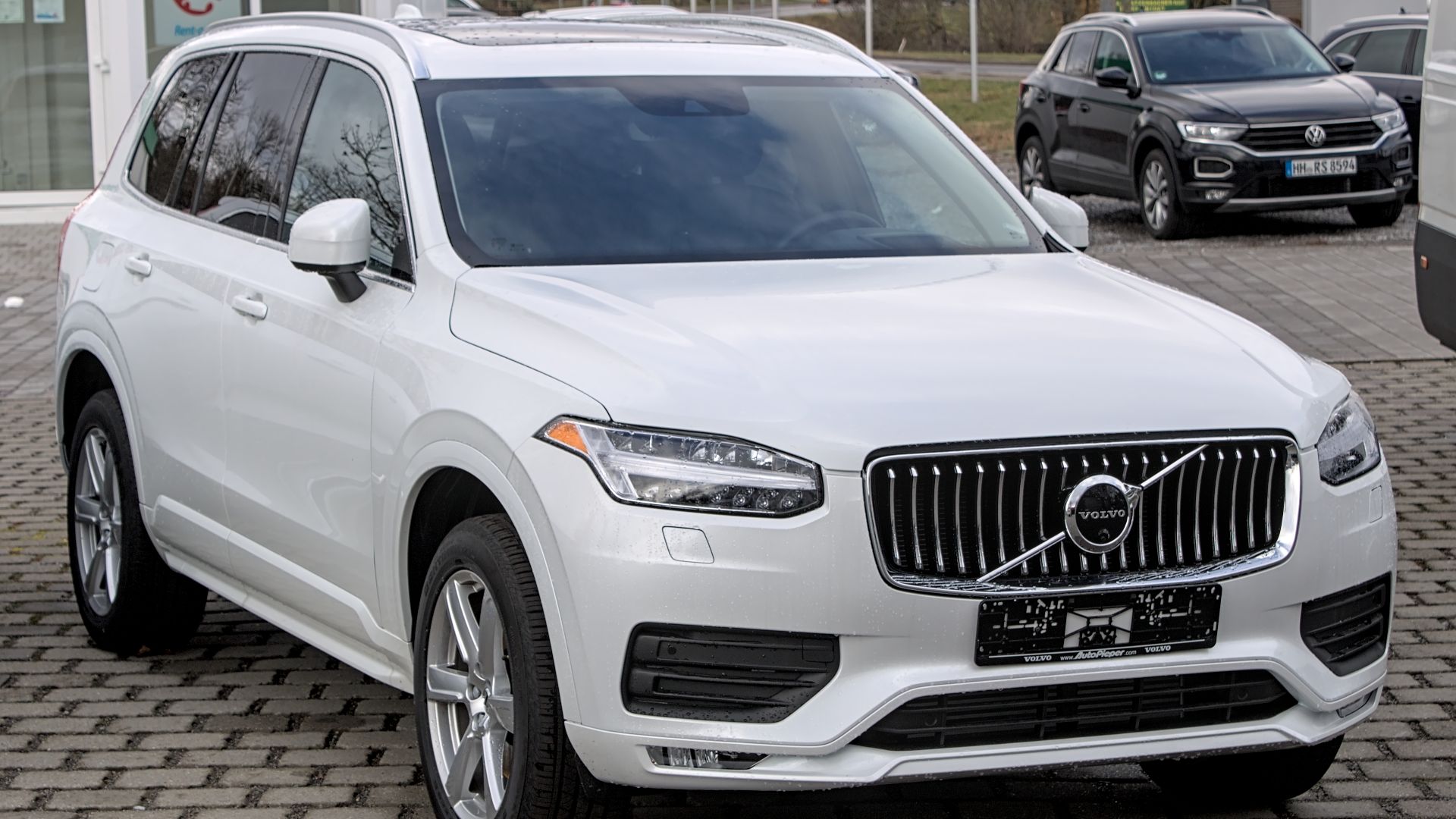 Alexander Migl, Wikimedia Commons
Alexander Migl, Wikimedia Commons
Mercedes-Benz S-Class (W223)
Tap the start button and brace yourself for engineering magic. The W223's E-Active Body Control doesn’t just smooth the ride—it redefines it. Sensors scan the road 1,000 times per second. When a bump shows up, each wheel individually responds.
 Dinkun Chen, Wikimedia Commons
Dinkun Chen, Wikimedia Commons
BMW 7 Series
Cruise control on, silence in the cabin, and your coffee stays steady. That’s how the BMW 7 Series earns its luxury badge. The adaptive air suspension balances plushness and control beautifully. It even adapts to your driving style. This big sedan moves like a small one: agile, cushy, and commanding.
Rolls-Royce Cullinan
This Rolls-Royce SUV tackles off-road trails with a system that mimics royal carriages. Its self-leveling air suspension and active dampers erase all but the most stubborn terrain feedback. Add to that an all-wheel-drive system and even active anti-roll tech. Now, let’s switch gears to the cars with the worst suspension.
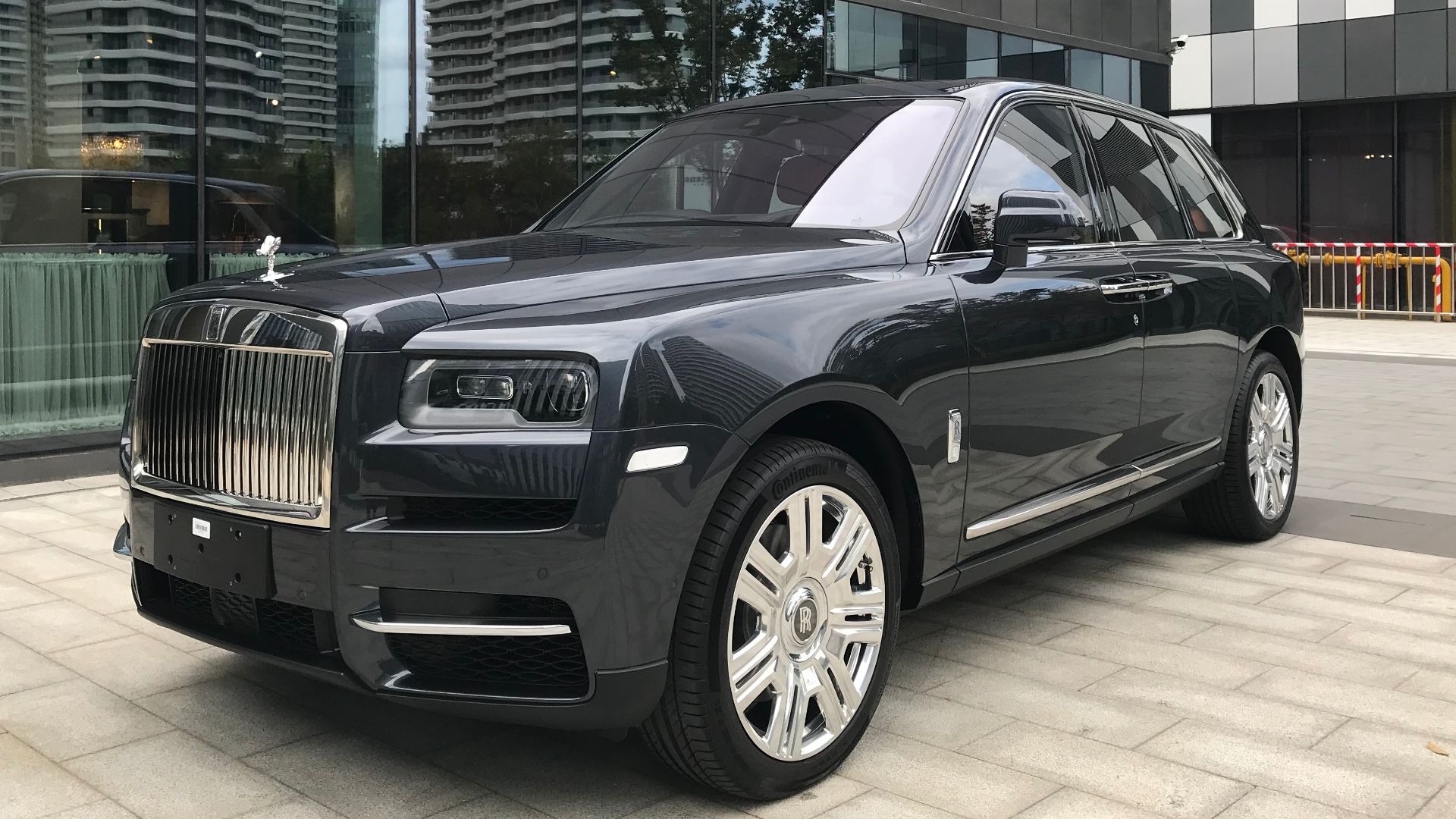 Jengtingchen, Wikimedia Commons
Jengtingchen, Wikimedia Commons
VinFast VF 8
This Vietnamese EV made headlines—for all the wrong reasons. The VF 8’s suspension lacks damping balance, often crashing over small bumps and floating where it shouldn’t. Drivers have reported uneven ride quality and unpredictable handling. Promising brand, sure, but this model’s suspension tuning still feels like a rough draft.
Jeep Wrangler
Off-road icon? Absolutely. But on a pavement? Not so much. The Jeep Wrangler’s solid front and rear axles, while great for rock crawling, make highway driving a jittery, bumpy experience. The body roll is noticeable, and the steering is a hustle.
Ford F-150 Hybrid
Powertrain innovation aside, the F-150 Hybrid’s suspension feels caught in the middle. On one hand, it tries to soften bumps; on the other, it jostles over uneven roads. The hybrid weight throws off balance, and body motion control suffers as a result. It’s capable, yes, but far from comfortable when unloaded.
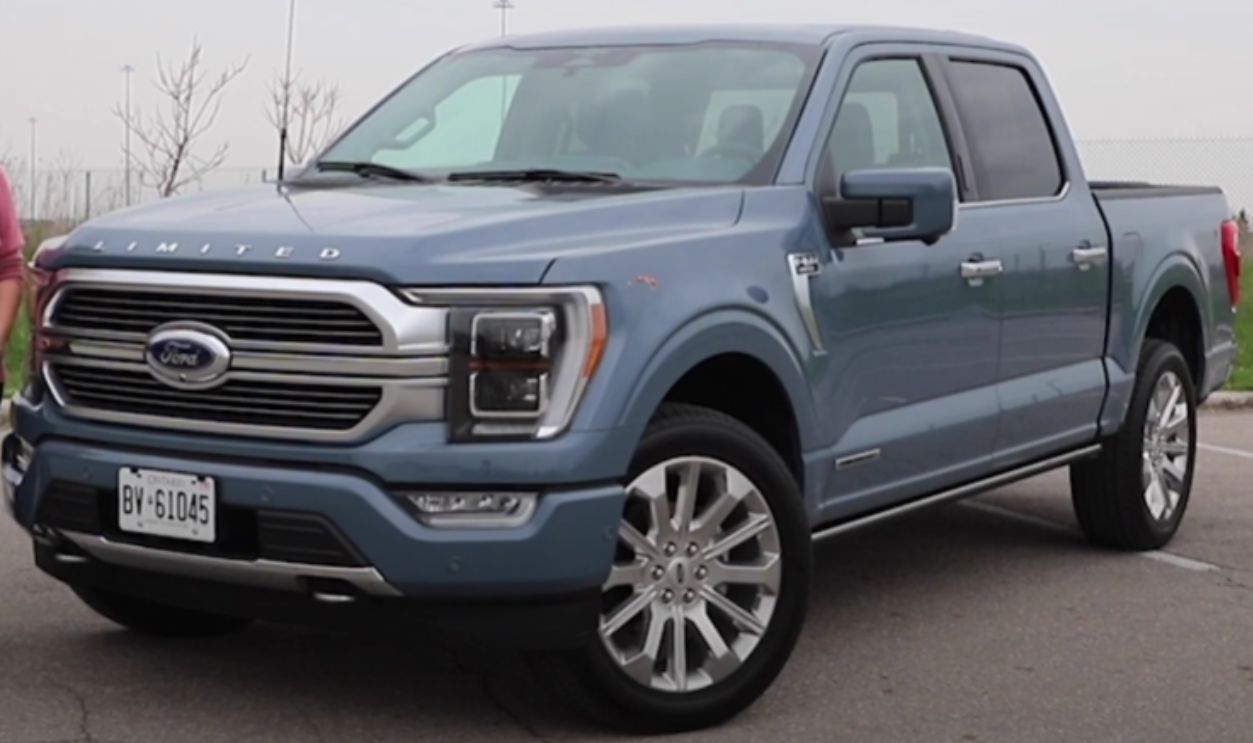 2023 Ford F-150 Hybrid - Powerful & Practical by Modern Motoring
2023 Ford F-150 Hybrid - Powerful & Practical by Modern Motoring
Volkswagen Taos
Volkswagen aimed for budget-friendly practicality with the Taos, but the suspension feels out of sync. It delivers a firm ride with a noticeable rebound over cracks and seams. Add in a lightweight chassis, and you get nervous energy over rough patches. Drivers often trade comfort here for affordability and styling.
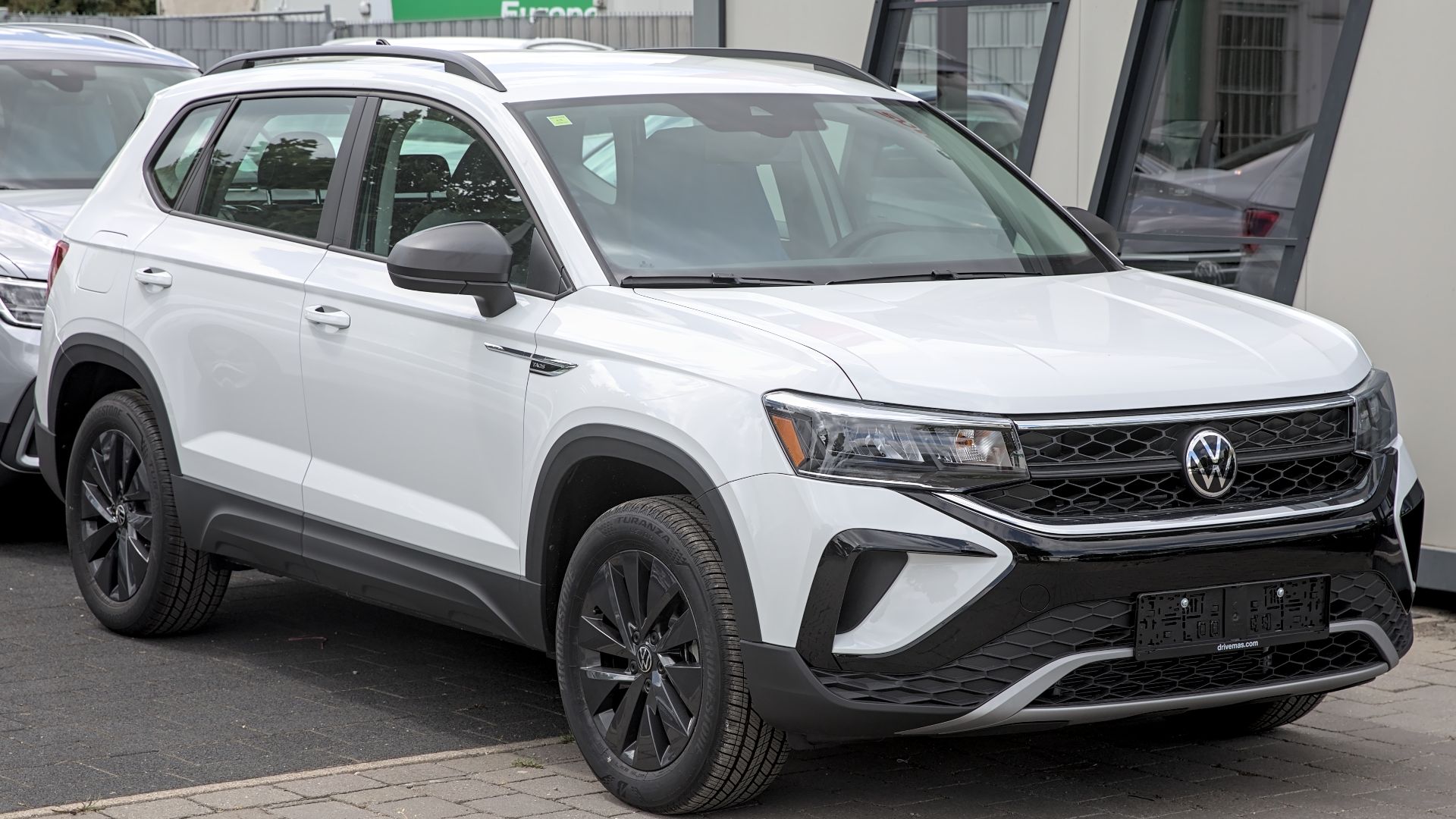 Alexander Migl, Wikimedia Commons
Alexander Migl, Wikimedia Commons
Tesla Model 3
Fast, fun, but not forgiving. Tesla’s Model 3 handles sharply, yet its ride can be overly firm. Especially on 19-inch wheels, bumps reverberate through the cabin. There’s no adaptive damping, just a fixed, stiff suspension. Tech lovers may overlook it, but comfort seekers might not forgive the jarring feel.
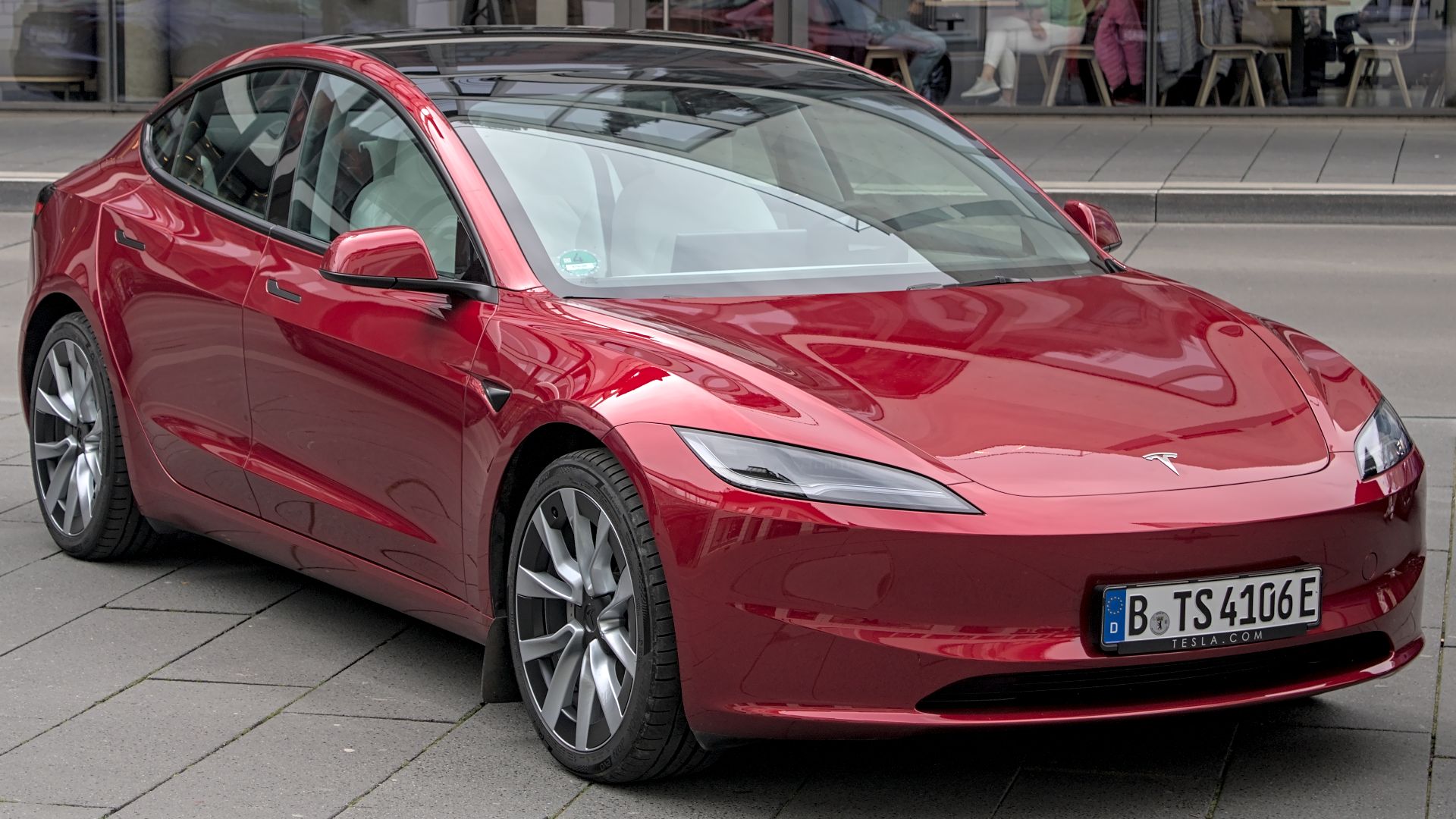 Alexander-93, Wikimedia Commons
Alexander-93, Wikimedia Commons
Toyota Tundra
Redesigned or not, the Toyota Tundra still struggles to hide its truck roots. Body shake and frame vibrations creep in on uneven pavement. The rear end gets bouncy without a payload. While off-road trims attempt to balance this with fancy shocks, the regular versions still lack composure on everyday roads.
Toyota C-HR
Sporty look? Check. Sporty ride? Not the good kind. The Toyota C-HR’s firm suspension can be unforgiving on potholes and seams. It bounces instead of absorbing impacts. You’ll feel every flaw in the pavement, and that’s no exaggeration. It leans toward edgy design but forgot to soften the actual edges.
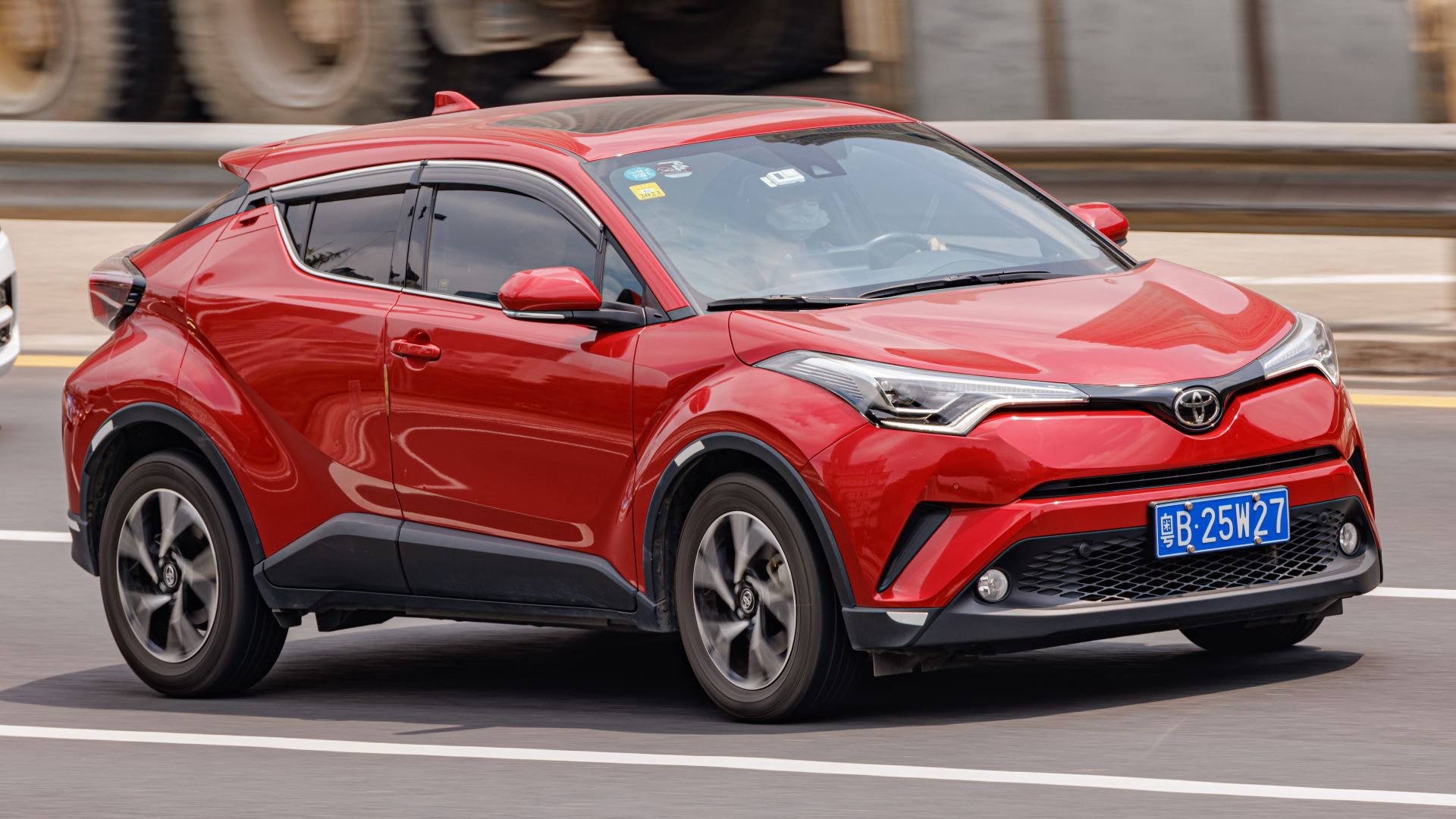 Dinkun Chen, Wikimedia Commons
Dinkun Chen, Wikimedia Commons
Nissan Juke
Style over comfort—that’s the Juke in a nutshell. Nissan packed it with bold curves and a stiff ride. It jitters on city roads and clunks on expansion joints. Lower-profile tires don’t help. If your back likes softness, this quirky crossover might leave it begging for a break.
Ford EcoSport
Despite its name, the EcoSport doesn’t deliver much “sport” in ride quality. You’ll feel every pothole, manhole, and road ripple. The short wheelbase and firm rear suspension cause jittery movements over even modest bumps. Toss in vague steering, and your daily drive becomes more chore than charm.
Hyundai Kona (Pre-2024)
Earlier Konas may look cheerful, but the ride doesn’t match the vibe. The suspension feels stiff and underdamped, especially on cracked urban streets. With rear torsion beam setups in cheaper trims, body motion becomes unpredictable. It’s a case of aggressive tuning that overshoots comfort—and your patience, frankly.
Mazda CX-3
Zoom-zoom may thrill you in corners, but the CX-3 makes sacrifices. Its sporty suspension tuning delivers sharp handling but at the cost of compliance. The ride becomes harsh over broken pavement, with passengers often feeling the car’s compact footprint and minimal damping. This one prioritizes punch over plush.
Subaru Crosstrek (Pre-2023)
Rugged appeal, off-road cred—but daily comfort? That’s where earlier Crosstreks fall short. The stiff suspension doesn’t always play nice with urban surfaces, especially on older coil spring setups. Add cabin noise and floaty rebounds on rough patches, and you’ve got an SUV that’s livable but far from refined.

